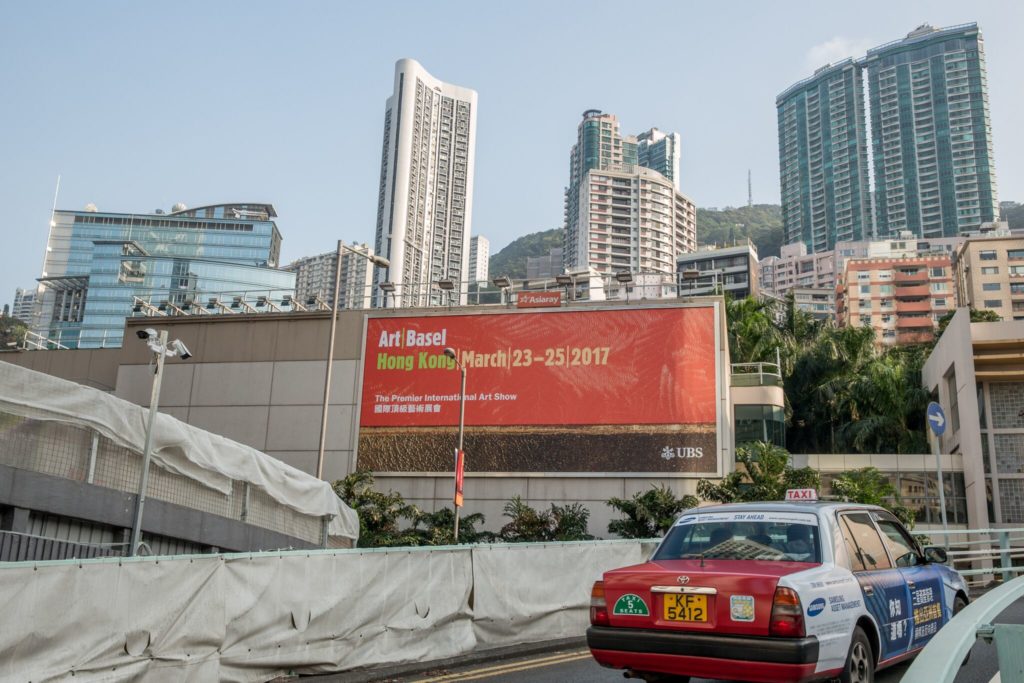Art Fairs
Has Asian Art Been Sidelined at Art Basel Hong Kong?
Homogenization is on the rise as globalization bites the art market.

Homogenization is on the rise as globalization bites the art market.

Henri Neuendorf

The art world went to the far east last week for the fifth edition of Art Basel in Hong Kong, as dealers and collectors from around the world converged to buy and sell artworks.
Unlike previous iterations, where participants tailored their offerings to the Asian audience, dealers pointed out that this year’s edition had a more international flavor. Over the five years since Art Basel established itself in Hong Kong, western exhibitors have done less to cater to the tastes of the lucrative Asian market as globalization has taken its hold on the art market.
The trend towards greater homogenization sits uneasily with some commentators, such as the American publisher and collector of Chinese art Larry Warsh, who criticized the lack of regional consideration of art fairs by organizers and exhibitors.
“Without a clear recognition of important Chinese historical artists of the last 20–30 years, which are part of Chinese culture and history, the fair will have a void,” Warsh told artnet News in an email. “Promotion, hype, and market insertion by many of the galleries is not a long lasting strategy, but a short term one.”

Long March Space at Art Basel Hong Kong 2017. Photo Jessica Hromas for Art Basel.
Organizers claim that half of the participants at Art Basel in Hong Kong “have exhibition spaces in Asia and the Asia Pacific region,” but many are western exhibitors with outposts in Asia, such as Perrotin, which has spaces in Tokyo and Seoul, or White Cube, Lehmann Maupin, and Pace, which all have spaces in Hong Kong.
Billy Tang, curatorial director of Beijing-based Magician Space, told artnet News at the fair that he disagrees that Asian galleries are underrepresented at Art Basel and compared Warsh’s statement to a doomsday scenario. “No I don’t think so,” he said. “The presence of western galleries bringing top level works encourages us to up our game. The competition makes everyone better.” Magician Space, he pointed out, was showing a cross-generational selection of artists born in the ’60s, ’70s, and ’80s.
It’s difficult to pinpoint who’s responsible for the trend towards homogenization. Galleries and fairs are businesses that need to consider the bottom line. The pressure on dealers to make sales means art fairs aren’t the best place to view curated exhibitions, even though art historically relevant presentations would certainly be appreciated by audiences, and not just in Asia.